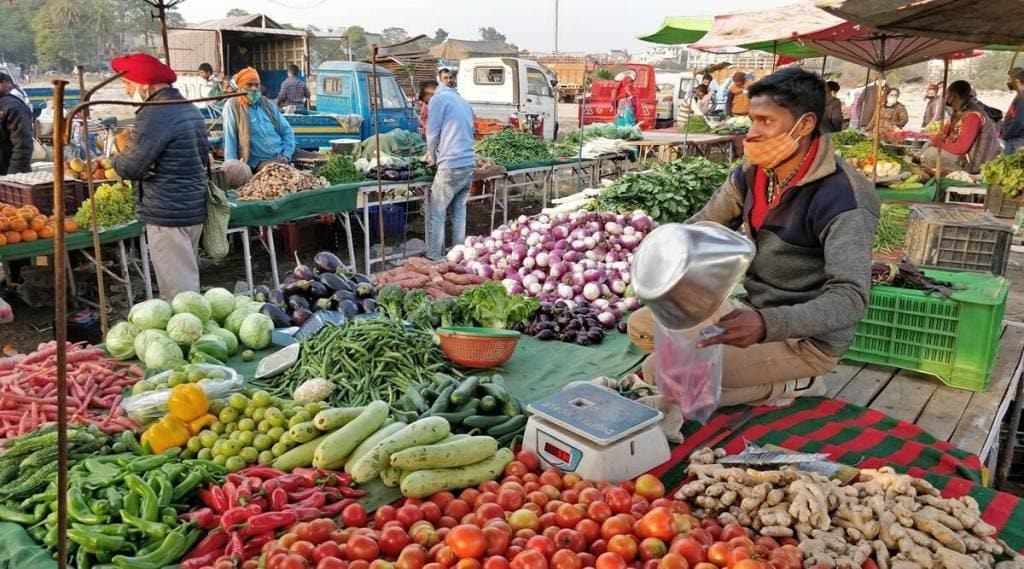The rupee may have retreated from the psychological 80-per-dollar mark, hit in intra-day trade on Tuesday, on suspected central bank intervention, but it has revived fears of “imported inflation”, as purchases of commodities ranging from crude oil, edible oil, coal and fertilisers to finished goods like electronics from overseas are set to turn more expensive.
Economists said the depreciation may offset the benign impact of easing prices of certain commodities like metals. As such, crude oil prices are yet to show strong signs of a sustained easing and still remain elevated.
The rupee has depreciated 7% against the dollar so far in 2022. Had there been no depreciation, India, a net importer, would have benefitted hugely from any global commodity crash, they added.
The continued pass-through of elevated input rates pose sustained upside risks to output price inflation. Moreover, oil marketing companies, which were forced to hold on to rates earlier, are unlikely to reduce petrol and diesel rates, in sync with the drop in global crude oil prices, to recoup losses, they added.
Moreover, as FE has reported, prices once raised at the retail level, show downward rigidity, according to them.
Even in case of edible oil, companies are now asked to reduce retail prices by `10-15 per litre, only a fraction of what they hiked over the past one year.
Retail inflation hit 7.01% in June but remained above the central bank’s medium-term target for a sixth straight month. Inflation based on the wholesale price index, dominated by raw materials and intermediate goods, eased slightly in June but still remained stubbornly high at 15.18%. The divergence also suggests that the pass-through of elevated input costs is still underway.
Already, imports of crude oil and petroleum products surged 99% in June from a year before to $21.3 billion, while those of coal and gold jumped 261% and 183%, respectively, to $6.8 billion and $2.7 billion. Vegetable oils imports rose 27% to $1.8 billion in June, despite some price easing in recent weeks, while fertiliser purchases climbed 25% to $1.3 billion.
Of course, the rupee has appreciated against other key currencies such as the euro, British pound and Japanese yen. So, imports that are settled in these currencies may turn out to be cheaper. However, this is going to be only a partial relief as the value of such trade is limited.
Aditi Nayar, chief economist at Icra, said, “While commodity prices have corrected amidst growing global recession fears, the landed prices of imports will see a milder moderation following the depreciation of the rupee. This will limit the improvement in the domestic inflation readings going ahead.” She expects FY23 inflation to hit 6.5%, against 5.5% in the last fiscal.
Yes Bank chief economist Indranil Pan said, inflation will remain sticky. Global crude oil prices still remain firm and the rupee is depreciating. But oil-marketing companies have held rates in recent weeks. So, the rise in oil prices hasn’t yet been passed through to the retail level. “Global metal prices have softened, which will be partly neutralised by the currency depreciation,” he said. Some moderation in food prices is likely.

